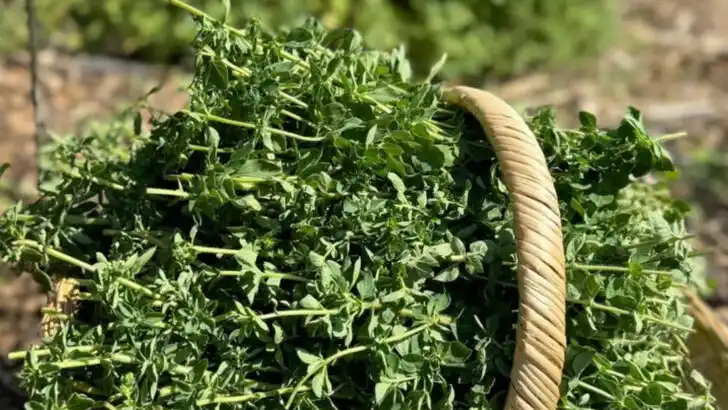Take a walk through any suburban neighborhood in America, and chances are you’ll see the same familiar greenery. Boxwoods trimmed into tidy borders, towering maples shading decks, hostas crowding the garden bed, and mint taking over a forgotten corner. But here’s the truth: most homeowners have no idea how powerful—or problematic—these everyday plants can be.
These aren’t exotic species or heirloom oddities. These are the ubiquitous, low-maintenance, store-bought staples that millions of Americans have growing right outside their back doors. But while they’re common, that doesn’t mean they’re being used to their full potential. Some are secretly invasive, others medicinal, and many could be thriving in ways you never imagined—if only they were given the right care or purpose.
This isn’t just about landscaping—it’s about awareness. When you understand what these plants can do, how they interact with pollinators, and the simple ways to make them more useful or beautiful, you unlock a whole new kind of backyard potential. In this list, we highlight 18 everyday plants that deserve a second look—and how to actually make them work for you, not just sit there.
Lavender
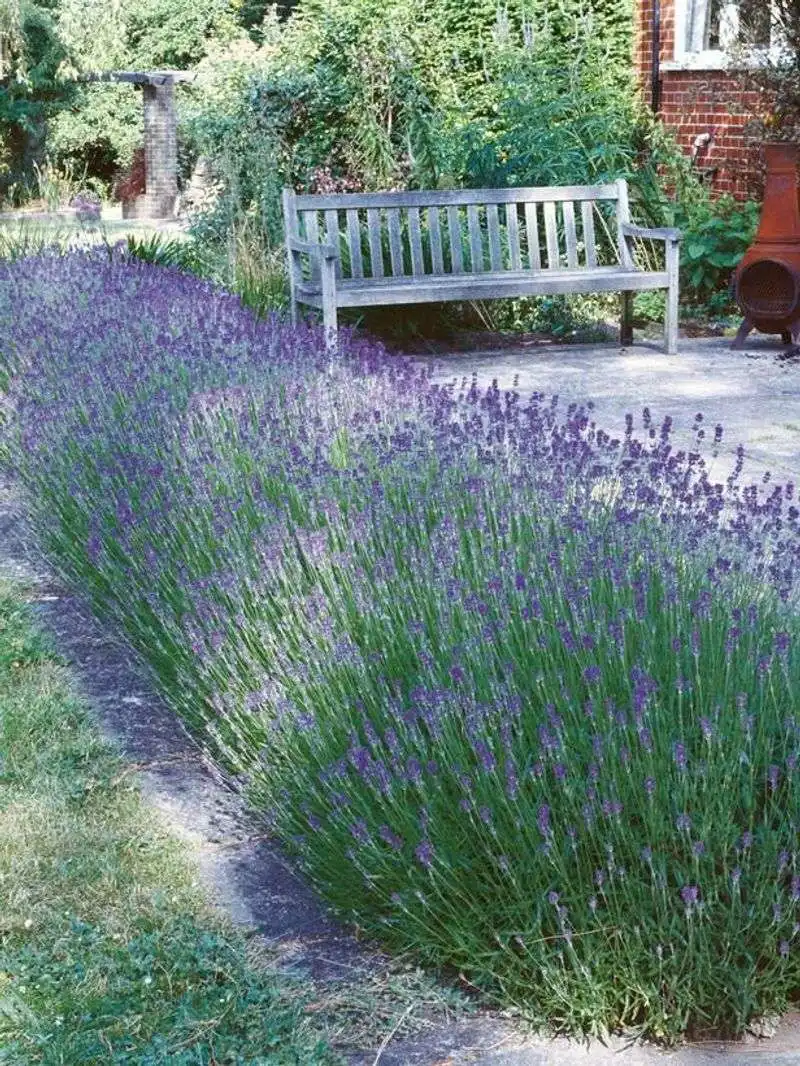
Lavender’s calming scent is renowned, yet it often goes unnoticed in suburban settings. The plant’s striking purple blooms can transform a garden into a visual delight while its fragrance offers a serene escape. Lavender also serves as a natural insect repellent, making it both beautiful and practical. Consider using it in homemade sachets or infused oils for a personal touch. Many find that lavender attracts bees and butterflies, promoting pollination. Despite its beauty, lavender is drought-tolerant and low-maintenance, thriving in sunny spots with well-drained soil. Its versatility extends to culinary uses as well, such as flavoring baked goods and teas.
Rosemary
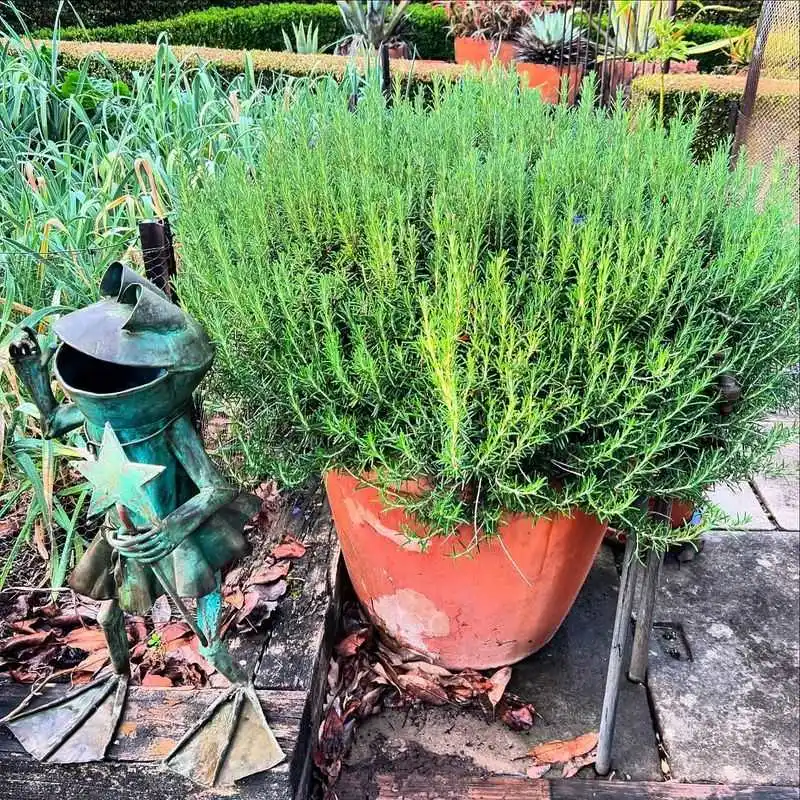
Rosemary’s robust flavor often graces kitchen dishes, but its potential in the garden is equally impressive. Known for its needle-like leaves and aromatic presence, rosemary can serve as a decorative border or a fragrant hedge. It’s a favorite among gardeners due to its resilience and ability to thrive in poor soil. Beyond cooking, rosemary’s essential oils are used in beauty products. This perennial herb is also a symbol of remembrance and has been used historically in ceremonies. Rosemary requires minimal watering once established and can be a delightful addition to any outdoor space seeking both form and function.
Mint
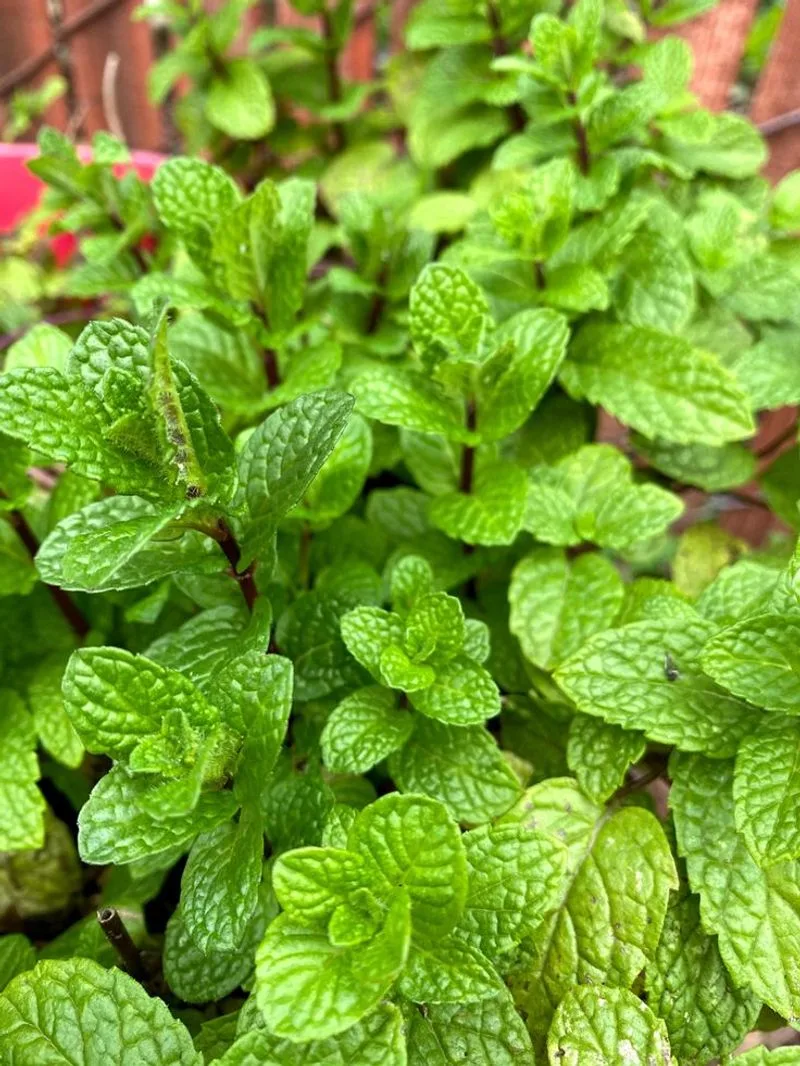
Mint’s refreshing aroma is a backyard staple, yet its vigorous growth habit often intimidates gardeners. Planting mint in containers can prevent its spread while allowing you to enjoy its vibrant green leaves. Known for its culinary versatility, mint enhances beverages and dishes alike. It’s also a fantastic companion plant, deterring pests and attracting beneficial insects. Many homeowners find its cooling scent a natural remedy for stress. Mint thrives in partial shade and moist soil, making it well-suited for various backyard environments. With minimal care, mint can become a fragrant fixture in your outdoor oasis.
Basil
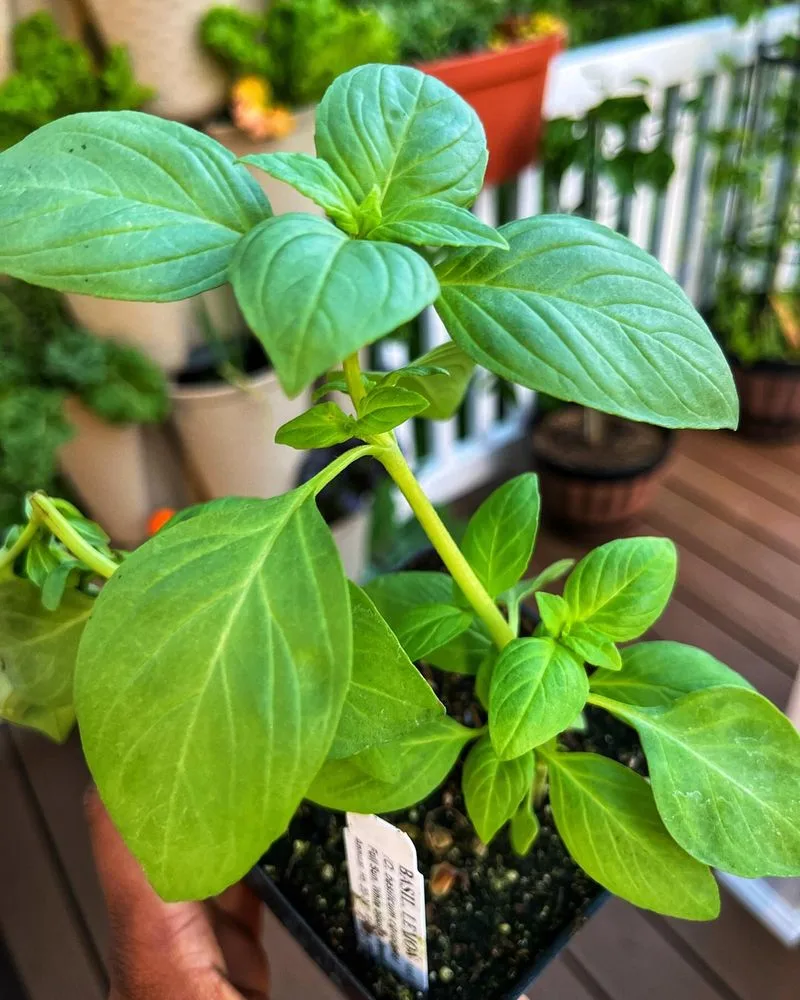
Basil is synonymous with summer, offering aromatic leaves that elevate culinary creations. This herb thrives in warm, sunny spots, rewarding gardeners with lush growth. Known for its use in pesto and Italian dishes, basil’s sweet aroma can transform ordinary meals. Beyond the kitchen, basil’s essential oils have antibacterial properties. The plant requires regular watering and pinching back to encourage bushy growth. Basil’s tender nature makes it an annual in most climates, but its fast-growing habit ensures a continuous supply of fresh leaves. It’s a must-have for any backyard chef looking to add a touch of freshness.
Thyme
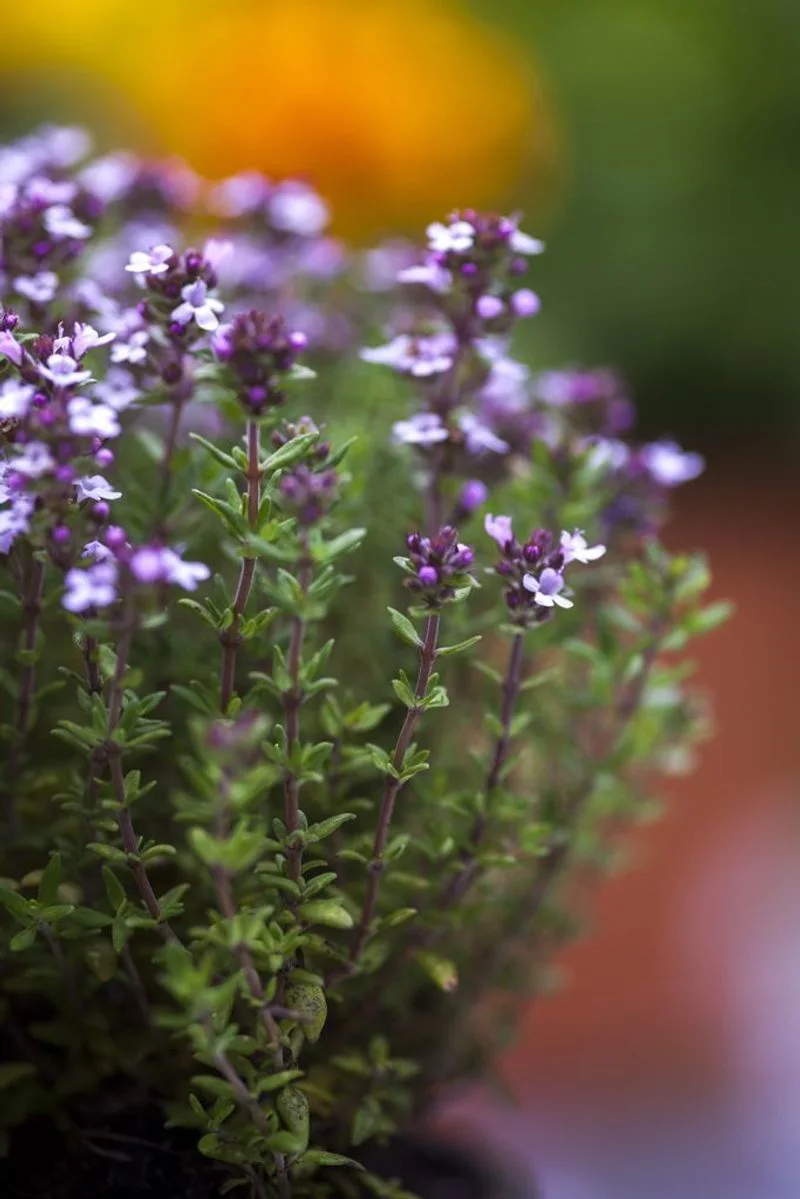
Thyme’s subtle flavor belies its strong presence in the garden. This hardy herb is a favorite ground cover, offering tiny, fragrant leaves that release their aroma when brushed against. Thyme’s small flowers attract bees, supporting pollination efforts in your garden. It thrives in sunny, well-drained areas and requires little maintenance once established. Beyond the garden, thyme is a staple in Mediterranean cooking, adding depth to dishes with its earthy notes. Its antiseptic properties have been used historically in medicinal applications. Thyme’s versatility and ease of care make it a valuable addition to any home garden.
Sage
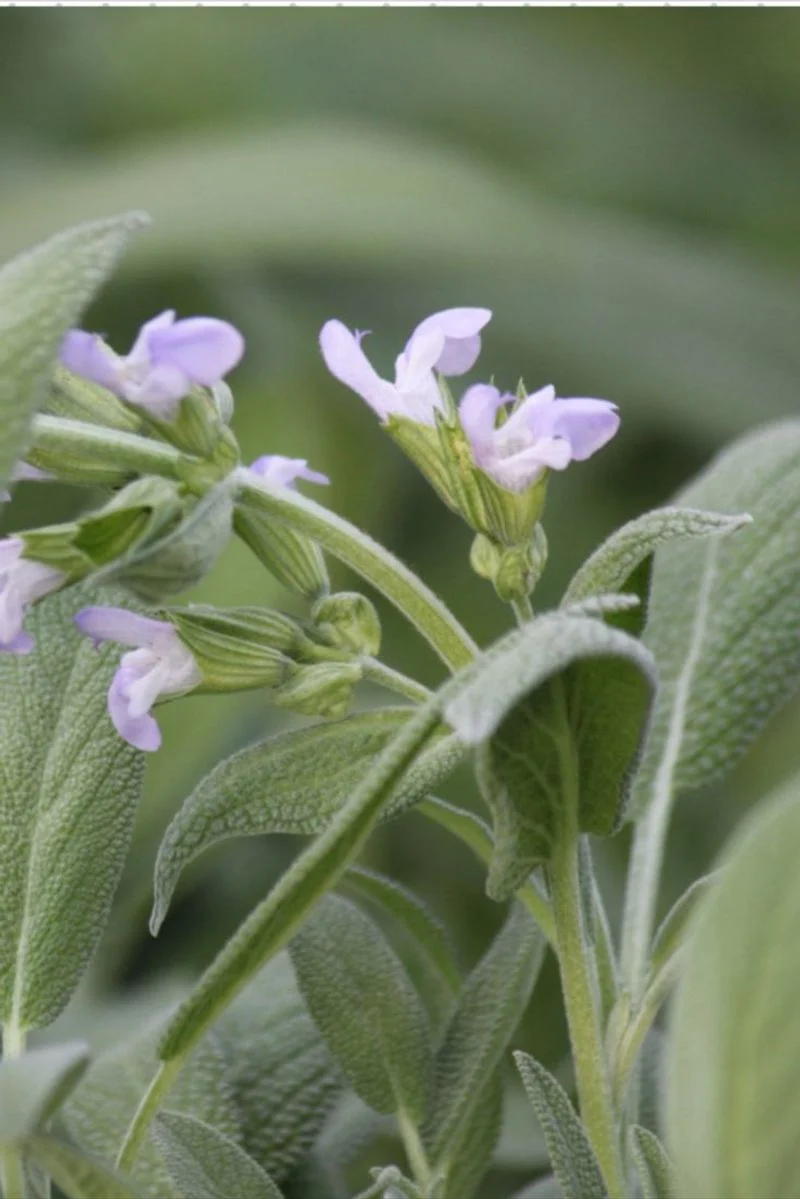
Sage’s gray-green leaves and earthy aroma are a quiet force in the garden. This perennial herb is drought-tolerant and thrives in sunny locations, making it ideal for low-maintenance landscapes. Sage’s culinary uses are vast, often flavoring meats and stuffing. Its essential oils are also prominent in aromatherapy. Historically, sage has been revered for its medicinal properties, believed to promote wisdom and longevity. The plant’s ornamental value is equally notable, providing texture and color contrast in garden designs. Sage’s resilience and multifaceted nature make it a cherished addition to any backyard herb collection.
Oregano
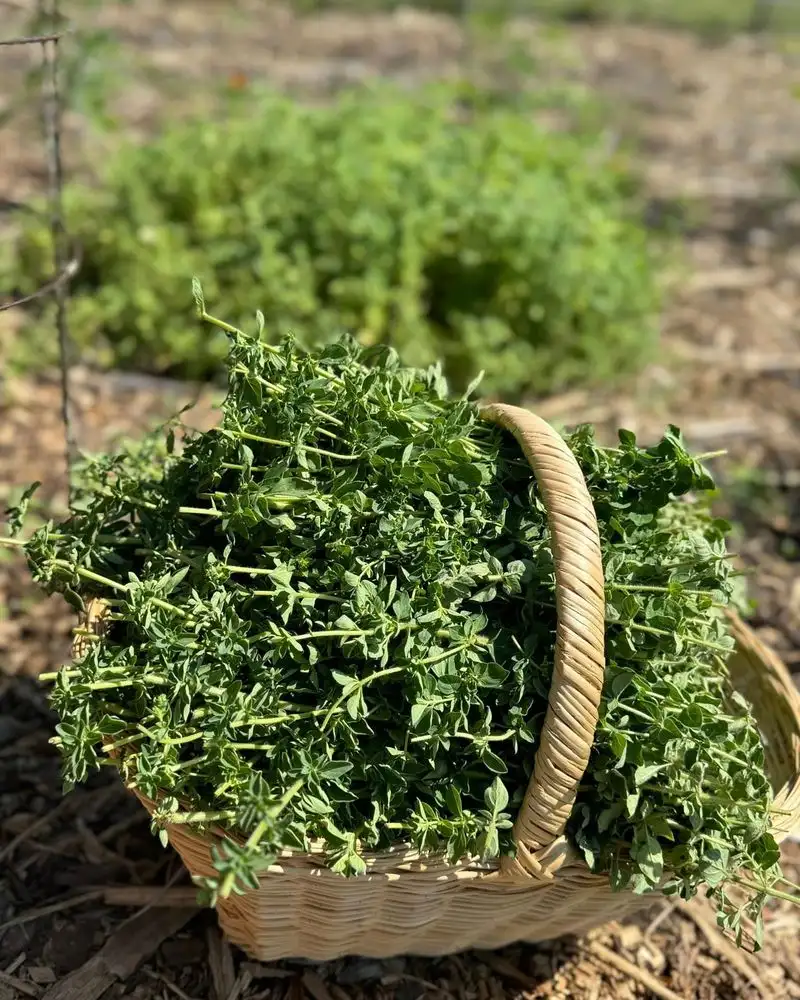
Oregano is a culinary star, but its garden potential shouldn’t be overlooked. This aromatic herb is easy to grow, thriving in full sun and well-drained soil. Oregano’s small, white flowers add a delicate touch to garden beds, while its leaves pack a flavorful punch. It’s a staple in Italian and Greek cuisines, enhancing pizzas, sauces, and marinades. Oregano’s essential oils are prized for their antimicrobial properties, offering natural health benefits. The plant is also deer-resistant, making it a practical choice for wildlife-prone areas. Embrace oregano’s dual role as both a culinary delight and garden beauty.
Chives
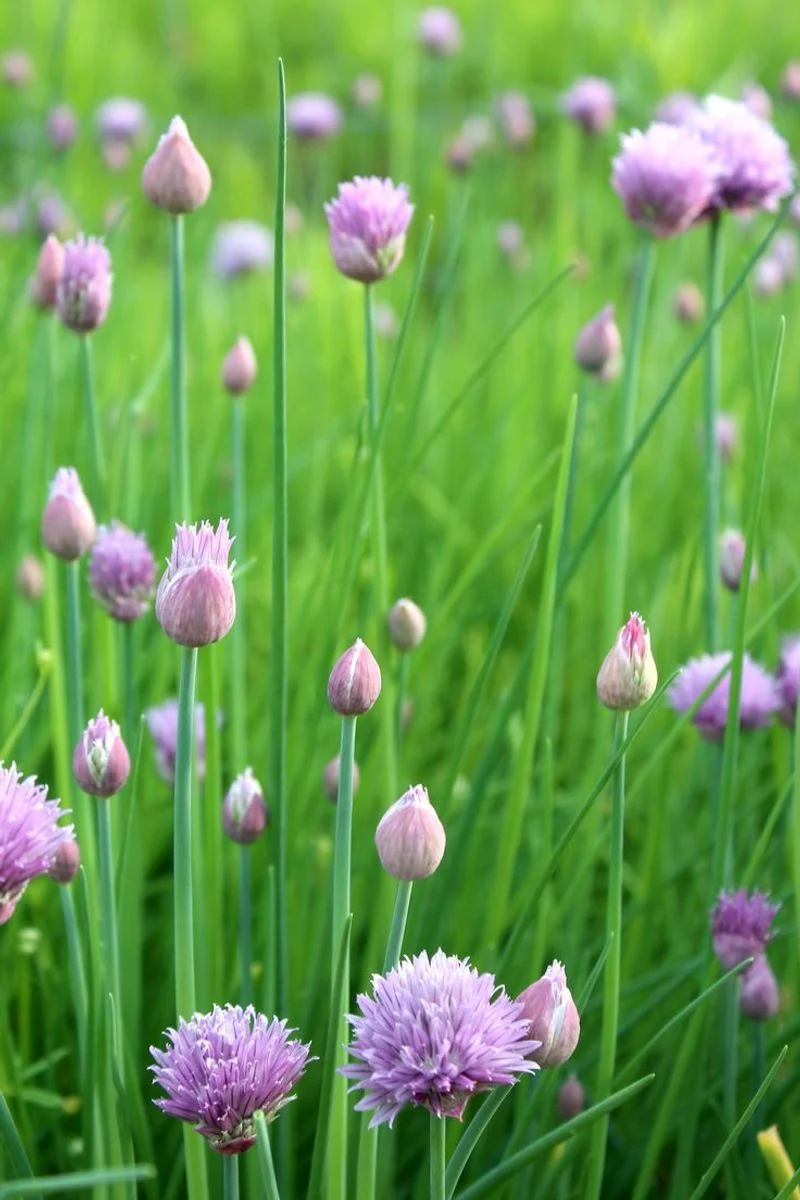
Chives bring a mild, onion-like flavor to the table, perfect for garnishing dishes. Their tubular green leaves and spherical purple flowers offer visual interest in the garden. Chives are hardy perennials, thriving in full sun and well-drained soil. As a companion plant, they deter pests and attract pollinators, benefiting the overall garden ecosystem. Chives can be easily divided and replanted, making them a sustainable choice for gardeners. Beyond the kitchen, their blossoms add a pop of color to salads. These versatile plants are a must-have for those seeking both culinary flair and garden vitality.
Parsley
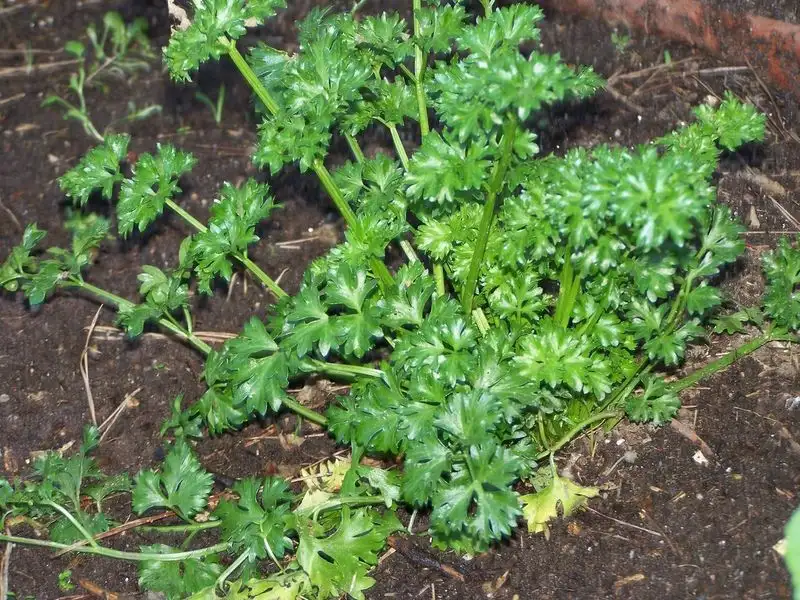
Parsley is often seen as merely a garnish, yet its potential extends far beyond the plate. This biennial herb grows well in sunny or partially shaded areas, offering a steady supply of fresh green leaves. Parsley is rich in vitamins and minerals, making it a nutritious addition to soups and salads. The plant’s curly or flat leaves add texture and color to garden beds. As a companion plant, parsley can enhance the growth of neighboring vegetables. Its strong flavor can deter garden pests, while attracting beneficial insects. Embrace parsley’s versatility both in the kitchen and the garden.
Aloe Vera
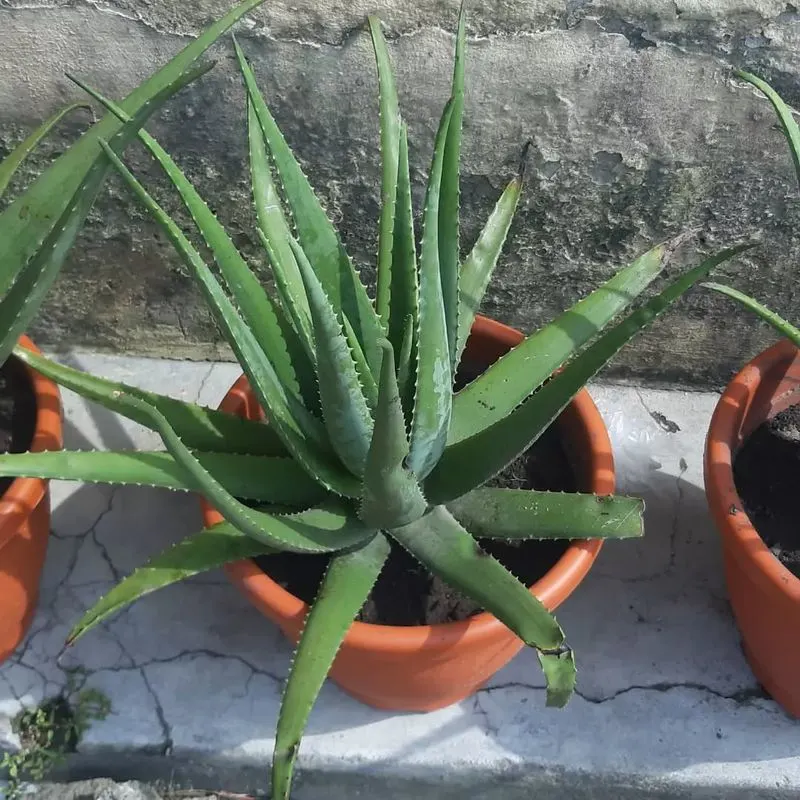
Aloe vera is an unassuming plant with a remarkable ability to soothe skin. Its fleshy leaves contain a gel that’s famous for healing minor burns and cuts. Aloe thrives in pots or directly in garden beds, preferring sunny locations with sandy soil. This succulent is drought-tolerant, requiring minimal care once established. Aloe vera’s ability to purify indoor air is another benefit, making it a popular choice for home interiors. The plant’s medicinal qualities extend to digestive health, with aloe juice being a natural remedy. Incorporating aloe into your garden offers both practical and aesthetic rewards.
Lemon Balm
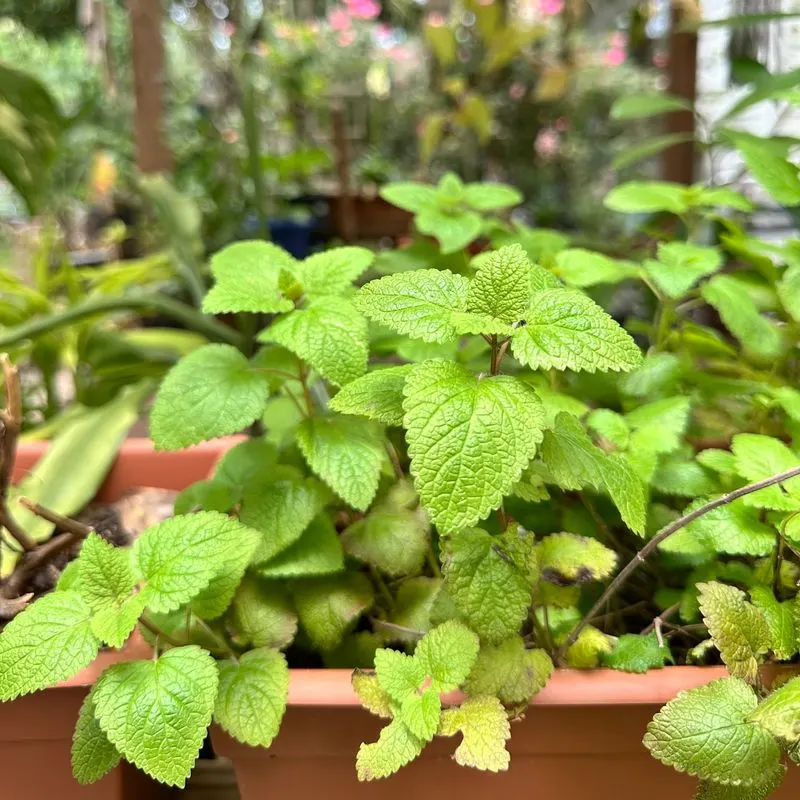
Lemon balm’s citrusy scent is a refreshing presence in any garden. This perennial herb is known for its bright green leaves and gentle lemon fragrance. Lemon balm thrives in well-drained soil and partial shade, making it adaptable to various garden settings. It’s often used in teas and potpourri, offering a calming effect. Beyond its soothing qualities, lemon balm attracts bees, supporting pollination. The plant’s medicinal uses include alleviating anxiety and improving sleep. Lemon balm’s charming appearance and delightful aroma make it a valued addition for those seeking tranquility and beauty in their backyard.
Chrysanthemums
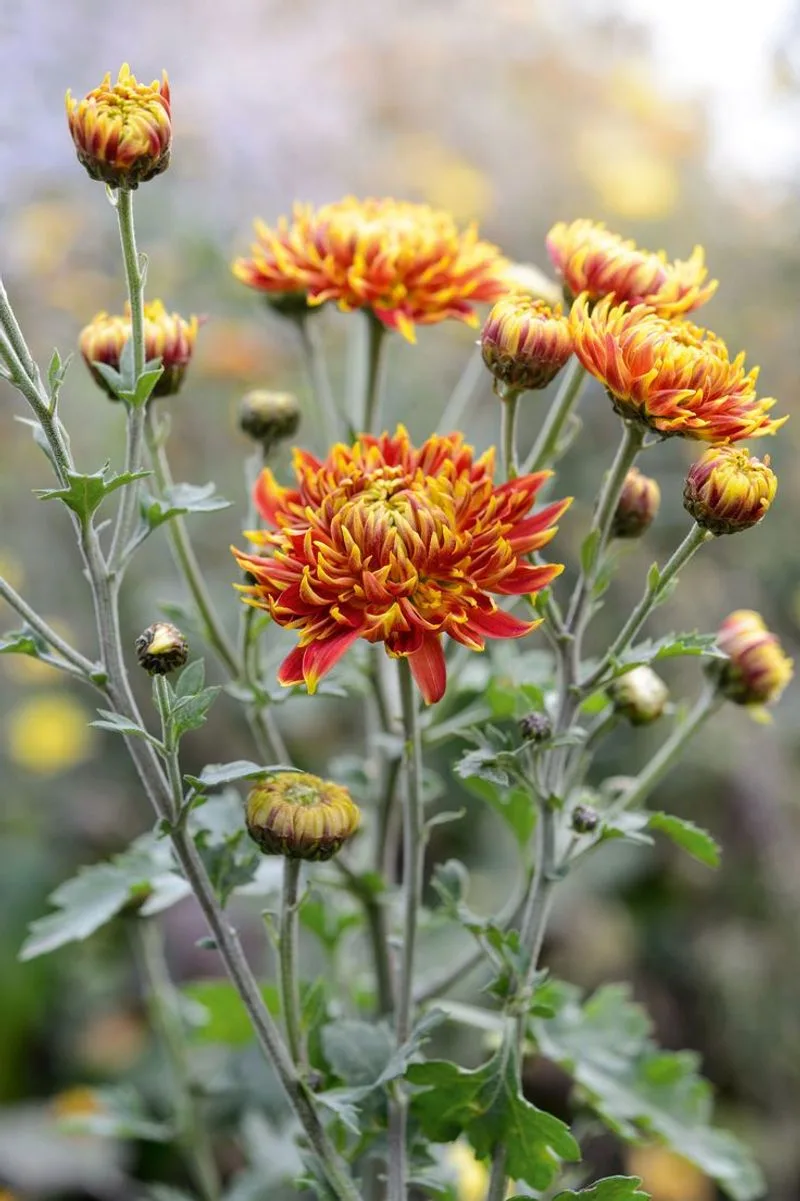
Chrysanthemums, with their vibrant hues, are a quintessential fall flower. Known for their resilience and variety, these blooms can brighten any garden. Chrysanthemums thrive in sunny spots, offering a stunning display of color as summer fades. Their blooms attract butterflies, enhancing the garden’s ecological balance. In addition to their beauty, chrysanthemums are used in traditional medicine for their anti-inflammatory properties. As a symbol of optimism and joy, these flowers can uplift any outdoor space. Incorporating chrysanthemums into your garden not only enriches its aesthetic but also supports pollinators and brings seasonal cheer.
Daylilies
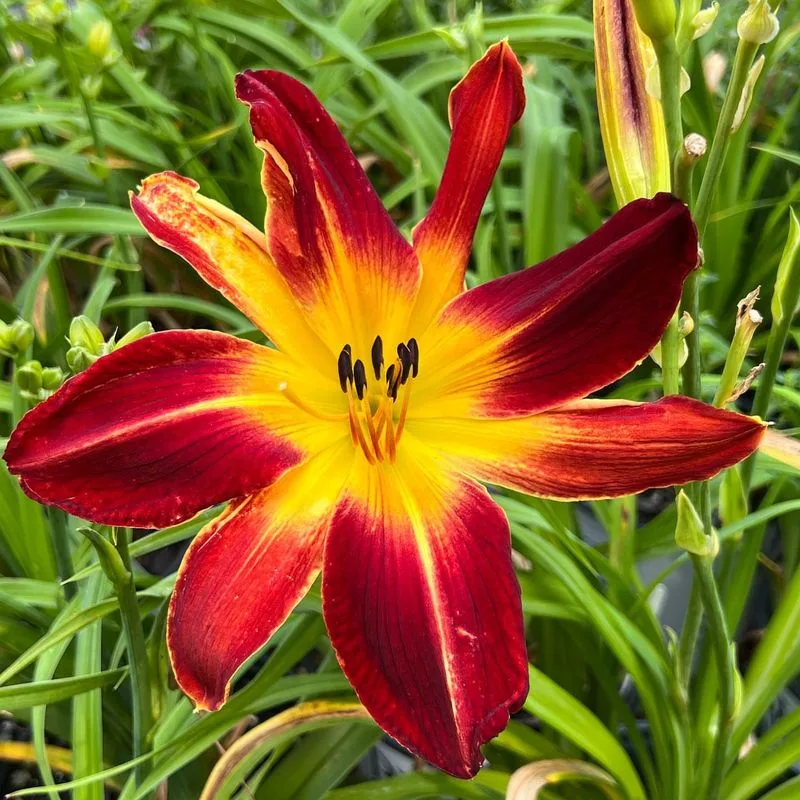
Daylilies are a gardener’s delight, offering a burst of color with minimal fuss. Known for their trumpet-shaped blooms, these perennials thrive in various climates and soil types. Daylilies are drought-tolerant once established, making them ideal for low-maintenance gardens. Their vibrant flowers attract hummingbirds and butterflies, adding life to your garden. Each bloom lasts only a day, but the plant produces many buds, ensuring a continuous display. Daylilies are edible, with their petals used in salads and stir-fries. Their versatility and lively presence make them a favorite among gardeners looking for both beauty and practicality.
Hostas
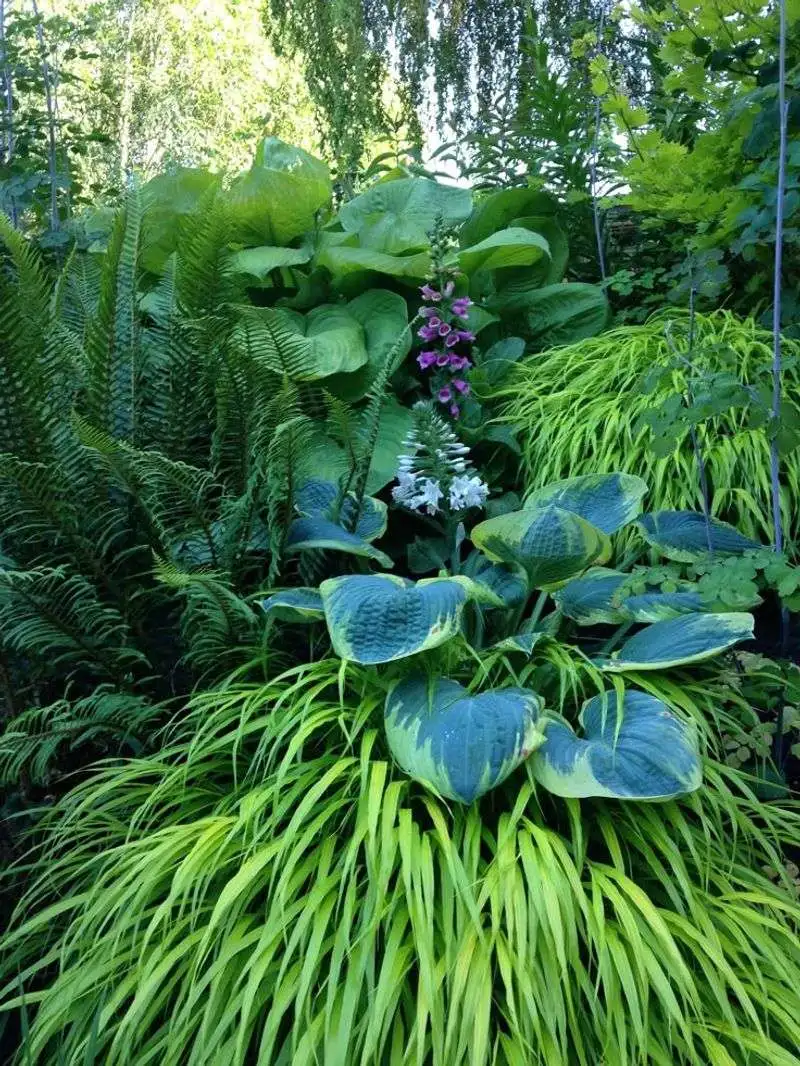
Hostas are shade-loving perennials known for their lush foliage and easy care. Their broad, textured leaves come in a variety of colors and patterns, adding depth to shaded garden areas. Hostas thrive in moist, well-drained soil and are a popular choice for ground cover. Their lily-like flowers appear in summer, attracting hummingbirds. Deer sometimes browse on hostas, so they may require protection in certain areas. Beyond their ornamental appeal, hostas can help suppress weeds by creating dense cover. These plants are perfect for those seeking to enhance their garden’s texture and lushness in shaded spots.
Peonies
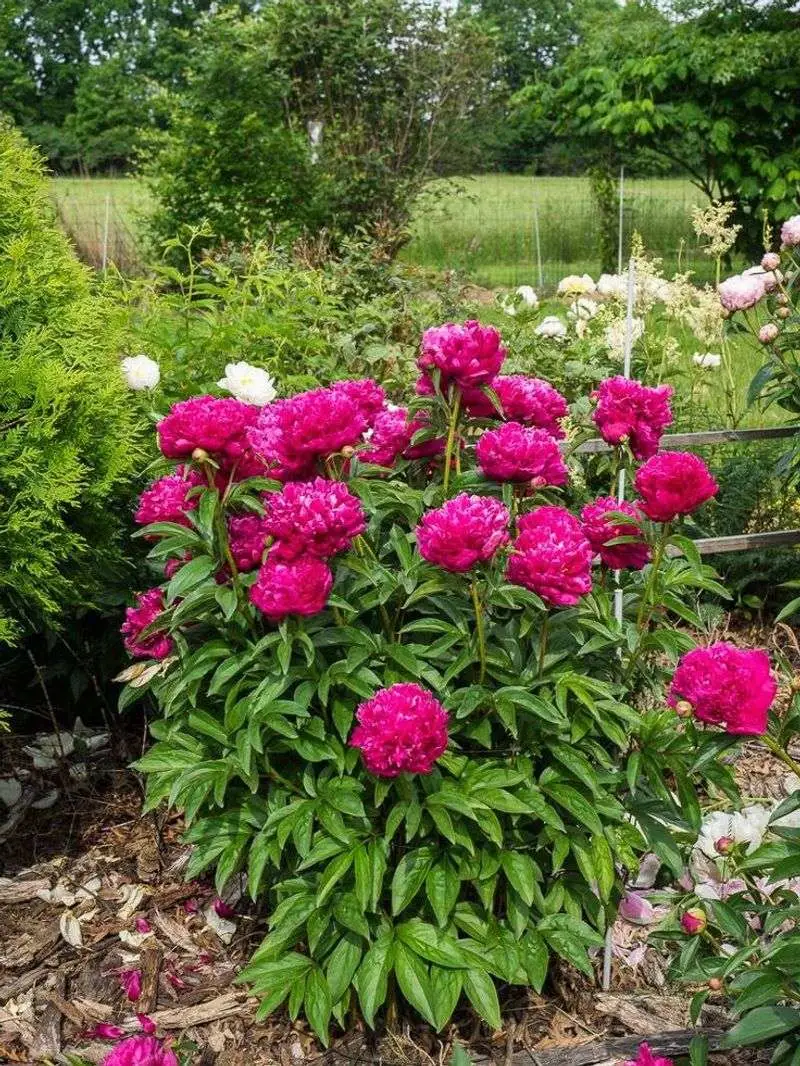
Peonies are the epitome of garden elegance, with their large, fragrant blooms that capture attention. These perennials require well-drained soil and full sun to thrive, rewarding gardeners with breathtaking displays in late spring. Known for their longevity, peonies can live for decades, gracing gardens with their beauty year after year. Their blooms attract pollinators, supporting garden biodiversity. Beyond their aesthetic appeal, peonies have been used in traditional medicine for their anti-inflammatory properties. These flowers add a touch of timeless charm to any garden, making them a cherished element of backyard landscapes.
Black-eyed Susans
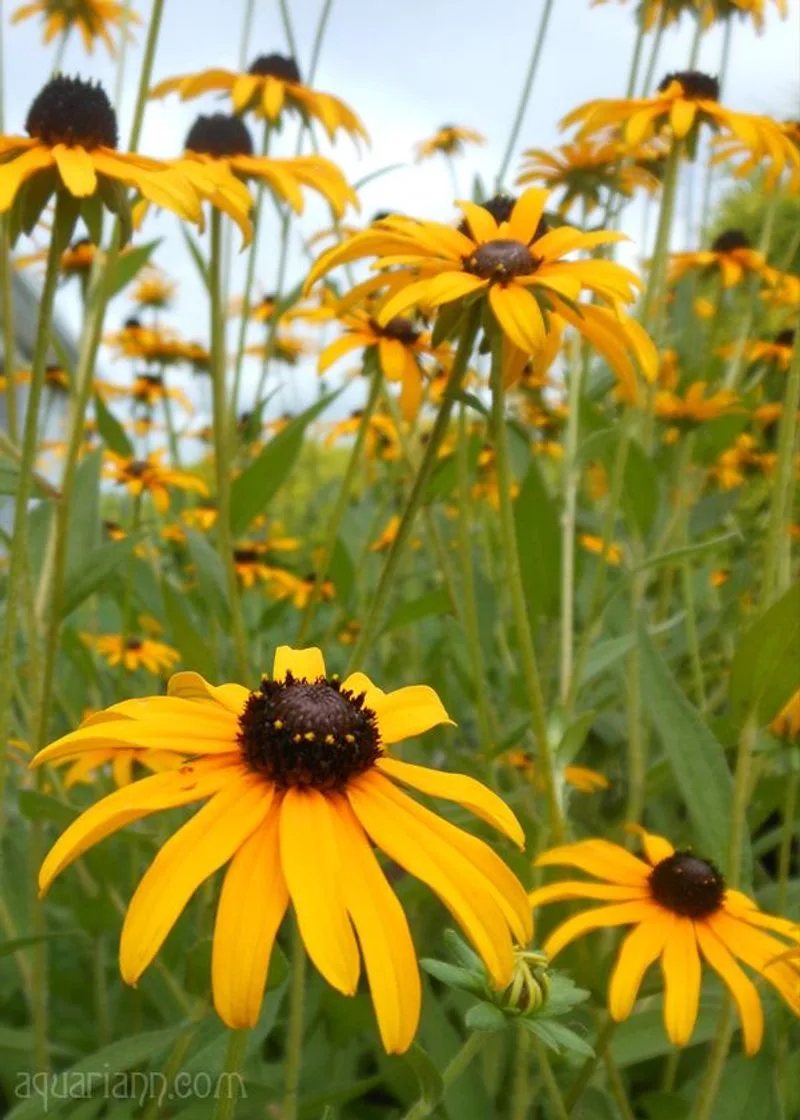
Black-eyed Susans are a cheerful addition to any garden, known for their bright yellow petals and dark centers. These hardy perennials thrive in sunny locations and well-drained soil, offering a long bloom period from summer to fall. Black-eyed Susans attract butterflies and bees, enhancing the garden’s ecological health. Their drought tolerance and low maintenance make them a favorite among gardeners. As a symbol of encouragement and justice, they add not only beauty but also meaning to the garden. Consider planting them in masses for a stunning visual impact that draws the eye and uplifts the spirit.
Hydrangeas
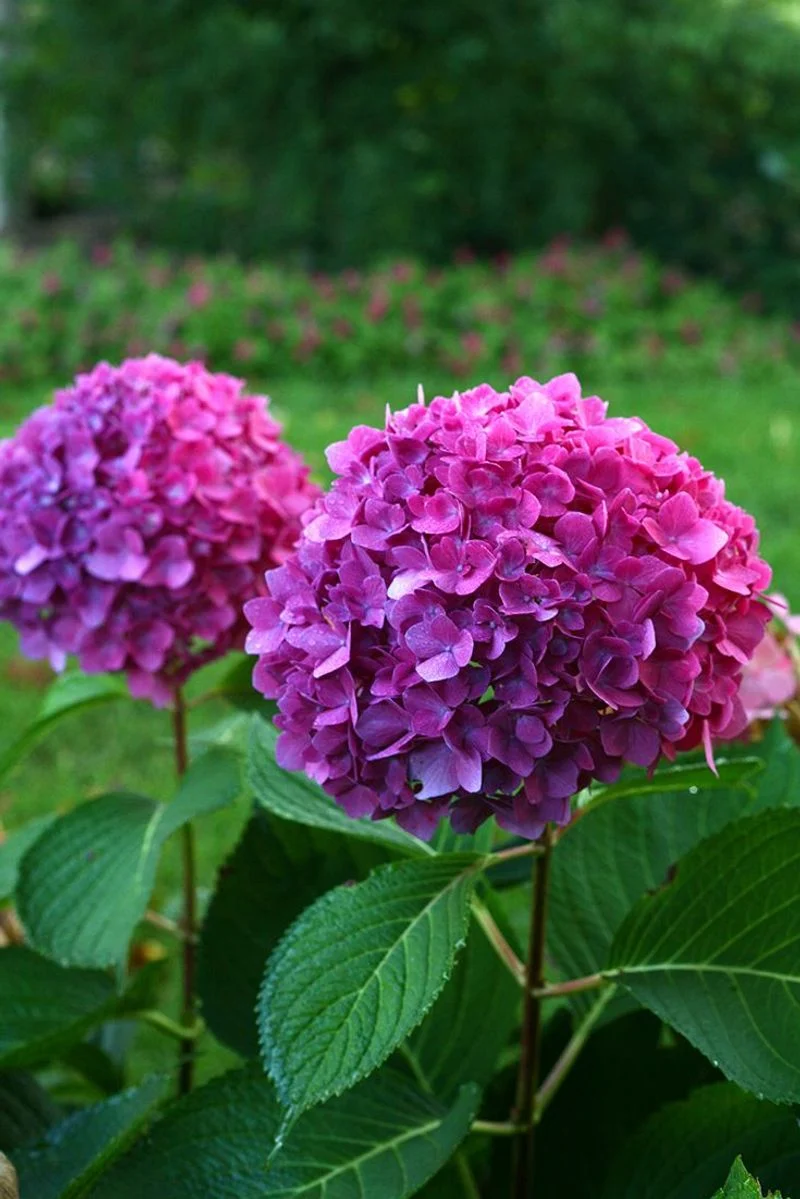
Hydrangeas are renowned for their showy blooms that can change color based on soil pH. These shrubs thrive in partial shade and well-drained soil, offering a spectacular floral display. Hydrangeas’ large, spherical flowers attract pollinators and add a touch of elegance to any garden. Their ability to adapt to different soil conditions makes them versatile favorites. Beyond their beauty, hydrangeas can be dried and preserved for lasting decor. These plants symbolize gratitude and abundance, making them a meaningful addition to backyard landscapes. Embrace hydrangeas’ charm and versatility for a garden that captivates.
Ferns
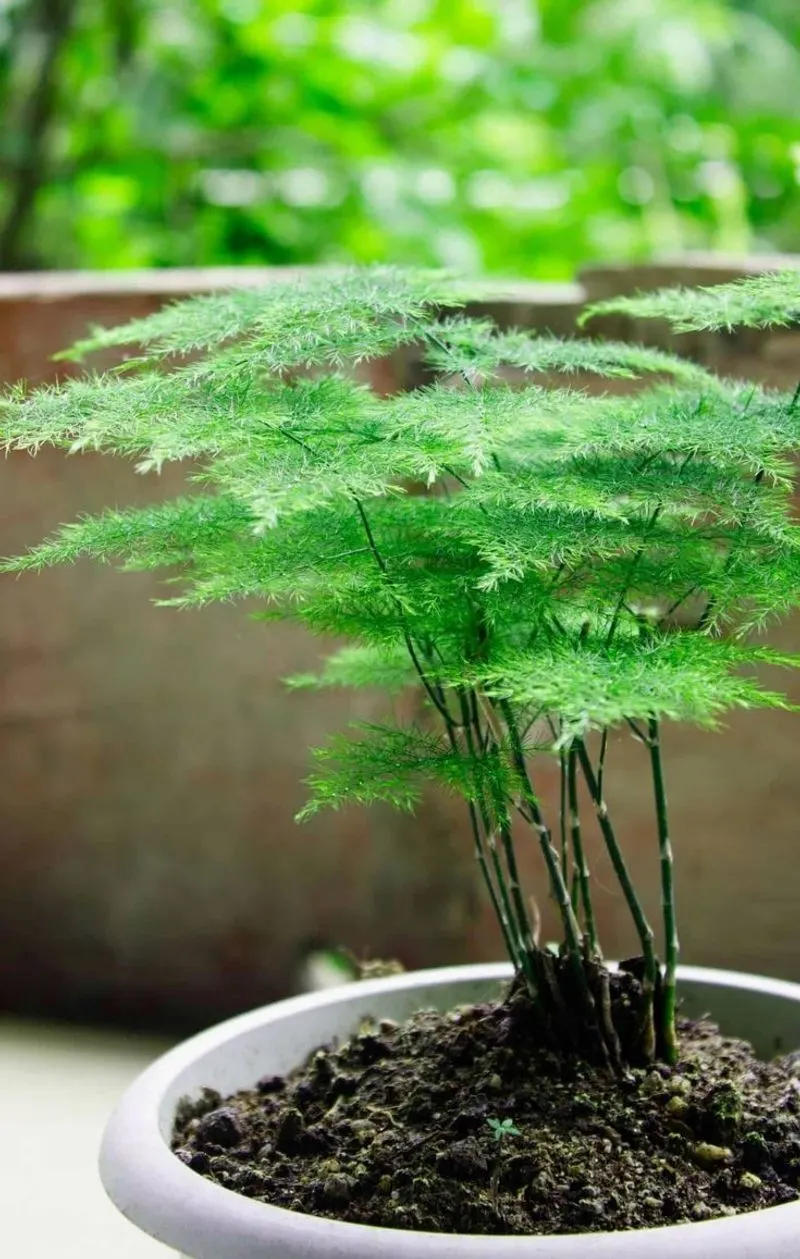
Ferns, with their intricate fronds, offer a serene presence in the garden. These shade-loving plants thrive in damp, well-drained soil, adding texture and depth to shady areas. Ferns are ancient plants, dating back millions of years, known for their air-purifying qualities. Their lush foliage provides a calming backdrop for more colorful blooms. Ferns are low-maintenance, requiring little more than consistent moisture to flourish. They can be used as ground cover or in pots, offering versatility in garden design. Ferns’ timeless beauty and adaptability make them a beloved choice for those seeking to enhance garden tranquility.

